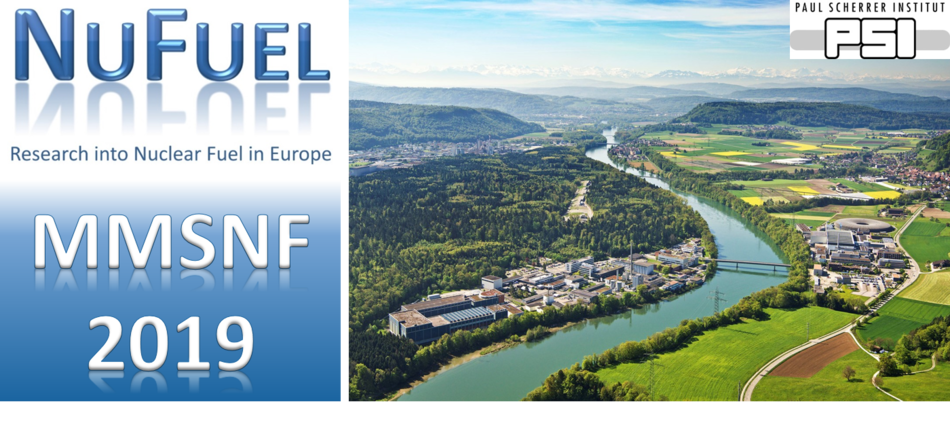Speaker
Description
In this work, we present a newly designed experimental set-up to infuse helium in UO2 samples. The objective of the presented activity is to carry out experiments aimed at investigating helium behaviour in nuclear fuel, measuring its key properties such as diffusivity and solubility. The proposed experimental set-up consists of a laser-heated autoclave (continuous-wave 4.5 kW Nd:YAG laser at 1064 nm) that can operate at pressures up to 400 MPa. The high temperature that can be achieved combined with the effect of the high pressure allow a very fast saturation of the sample, up to the helium solubility limit, in only a few hours. The laser beam passing through a sapphire window placed on the upper part of the autoclave hits the sample and heats it up to around 850°C, temperature that ensures the achievement of the helium solubility limit but minimizes the risk of grain growth. In fact, the main feature of the samples used in this experiment consists in their grain size. The samples are disks of sintered UO2 characterized by nanometric grain size (down to about 100-50 nm) used in order to assess the effect of the presence of numerous grain boundaries. This aspect becomes technologically relevant if one considers the microstructure of nuclear fuel irradiated at current discharge burnups where the so-called high burnup structure (HBS) is formed. Moreover, the laser spot size exceeds that of the sample and in order to reduce temperature gradients between the sample and the crucible we have designed and manufactured a custom sample holder made of the same material as the sample itself. The tailored sample holder consists of a zirconia piece, acting as a thermal barrier, topped by a UO2 disk with a central recess in which the UO2 sample is positioned. In addition, the temperature is measured by an infrared pyrometer facing the sample surface and aligned along the same optical axis as the laser beam. After the infusion, we measured quantitatively the helium release from the UO2 sample in a Laser Knudsen Cell (LKC) by means of the Quantitative Gas Measurements System (Q-GAMES) developed at the JRC.
Lastly, the experimental results obtained have been used for a preliminary validation of a new physics-based model developed for describing the helium behaviour in oxide nuclear fuel, accounting for its production, solubility and diffusivity. The verification and validation of this new comprehensive model have been performed in SCIANTIX that is a stand-alone code developed at POLIMI for the simulation of separate-effect test experiments, and will be used to improve fuel performance codes such as TRANSURANUS.
